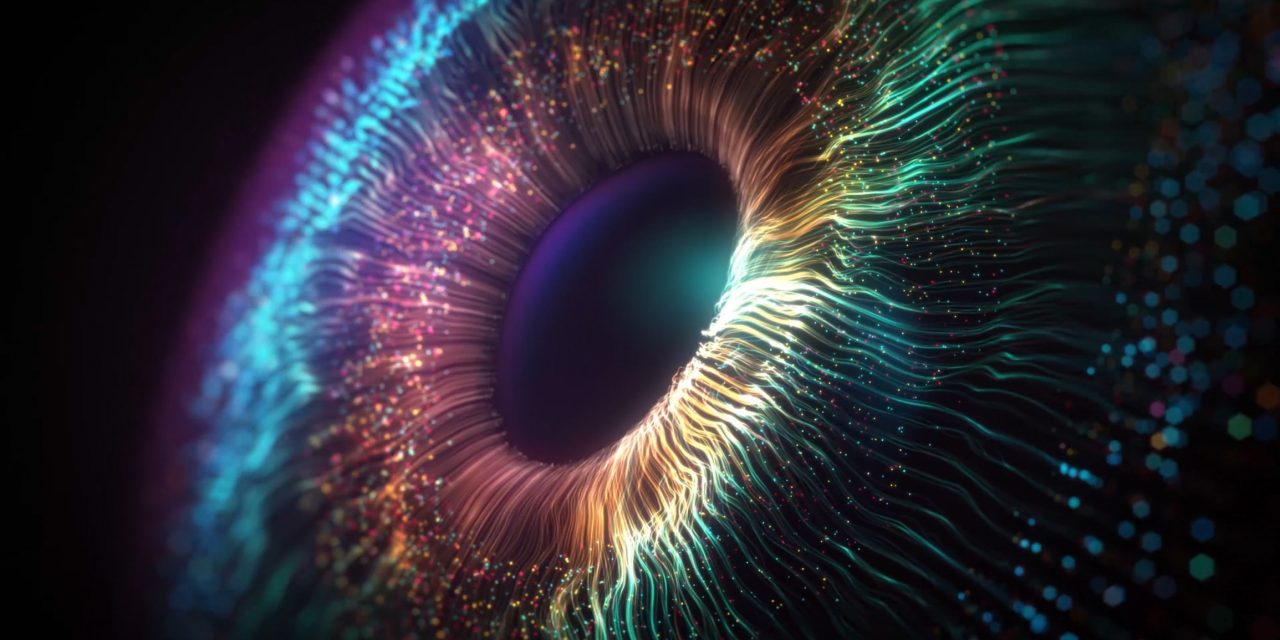Glaucoma is a silent disease that leads to vision loss or irreversible blindness. Current deep learning methods can help glaucoma screening by extending it to larger populations using retinal images. Low-cost lenses attached to mobile devices can increase the frequency of screening and alert patients earlier for a more thorough evaluation. This work explored and compared the performance of classification and segmentation methods for glaucoma screening with retinal images acquired by both retinography and mobile devices. The goal was to verify the results of these methods and see if similar results could be achieved using images captured by mobile devices. The used classification methods were the Xception, ResNet152 V2 and the Inception ResNet V2 models. The models’ activation maps were produced and analysed to support glaucoma classifier predictions. In clinical practice, glaucoma assessment is commonly based on the cup-to-disc ratio (CDR) criterion, a frequent indicator used by specialists. For this reason, additionally, the U-Net architecture was used with the Inception ResNet V2 and Inception V3 models as the backbone to segment and estimate CDR. For both tasks, the performance of the models reached close to that of state-of-the-art methods, and the classification method applied to a low-quality private dataset illustrates the advantage of using cheaper lenses.
Evaluations of Deep Learning Approaches for Glaucoma Screening Using Retinal Images from Mobile Device.


